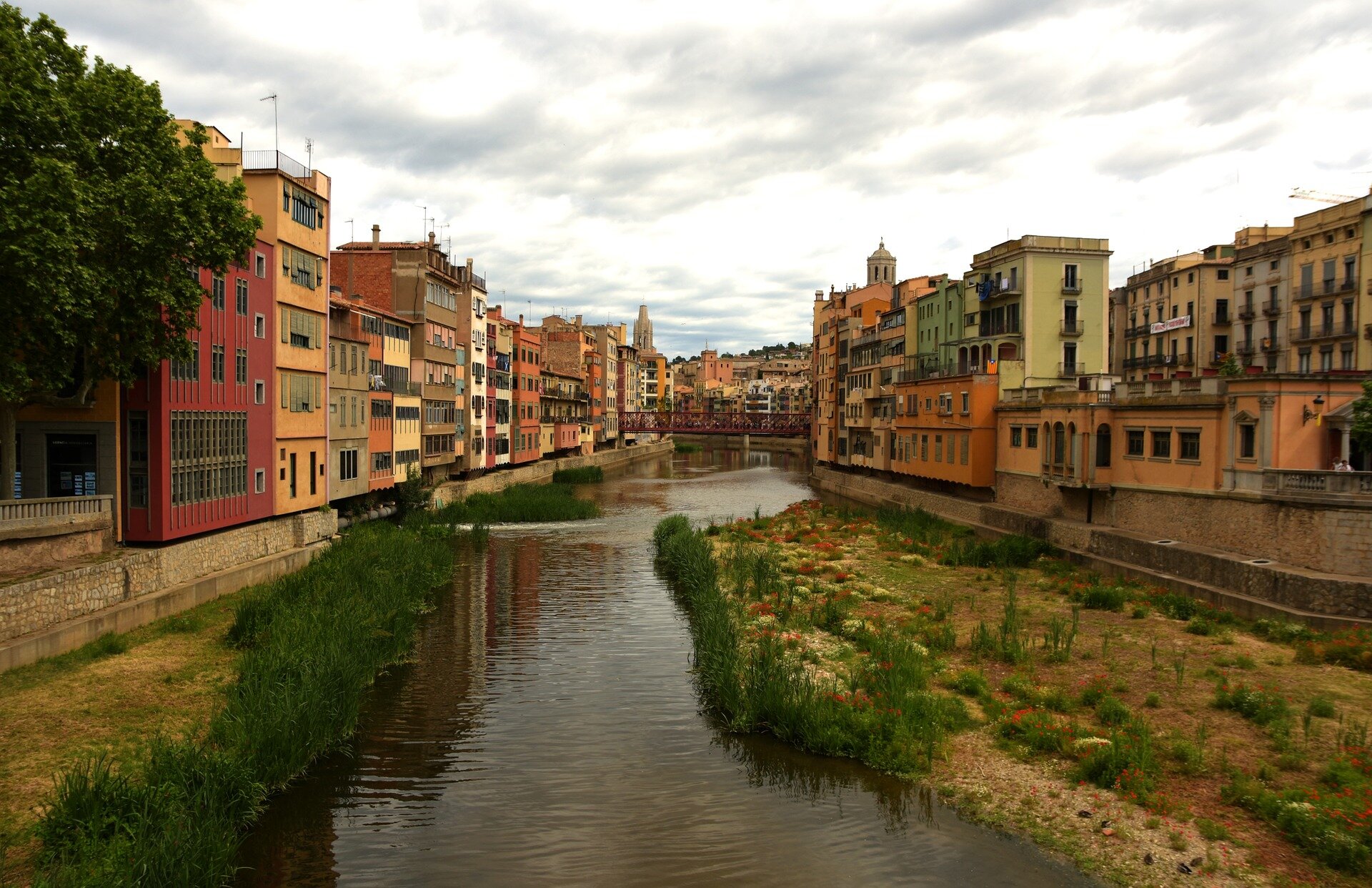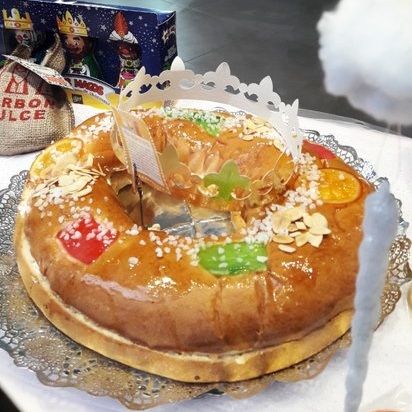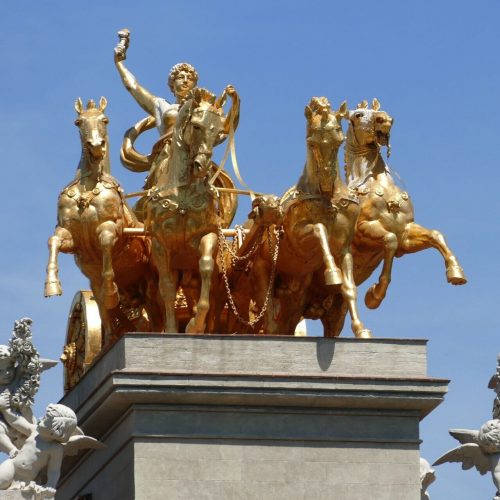
An Introduction to the History of Catalonia
Dear Alex,
It is funny how we think of places like Spain as a homogeneous place, especially because places like the U.S. seem so large in comparison. Or, if you come from somewhere like South Korea, the country may seem so huge that you expect there to be big differences among the people. The reality is that within every country there are differences and, like in Spain, when we are talking about countries that have been built over hundreds of years, there are some differences that will always remain.
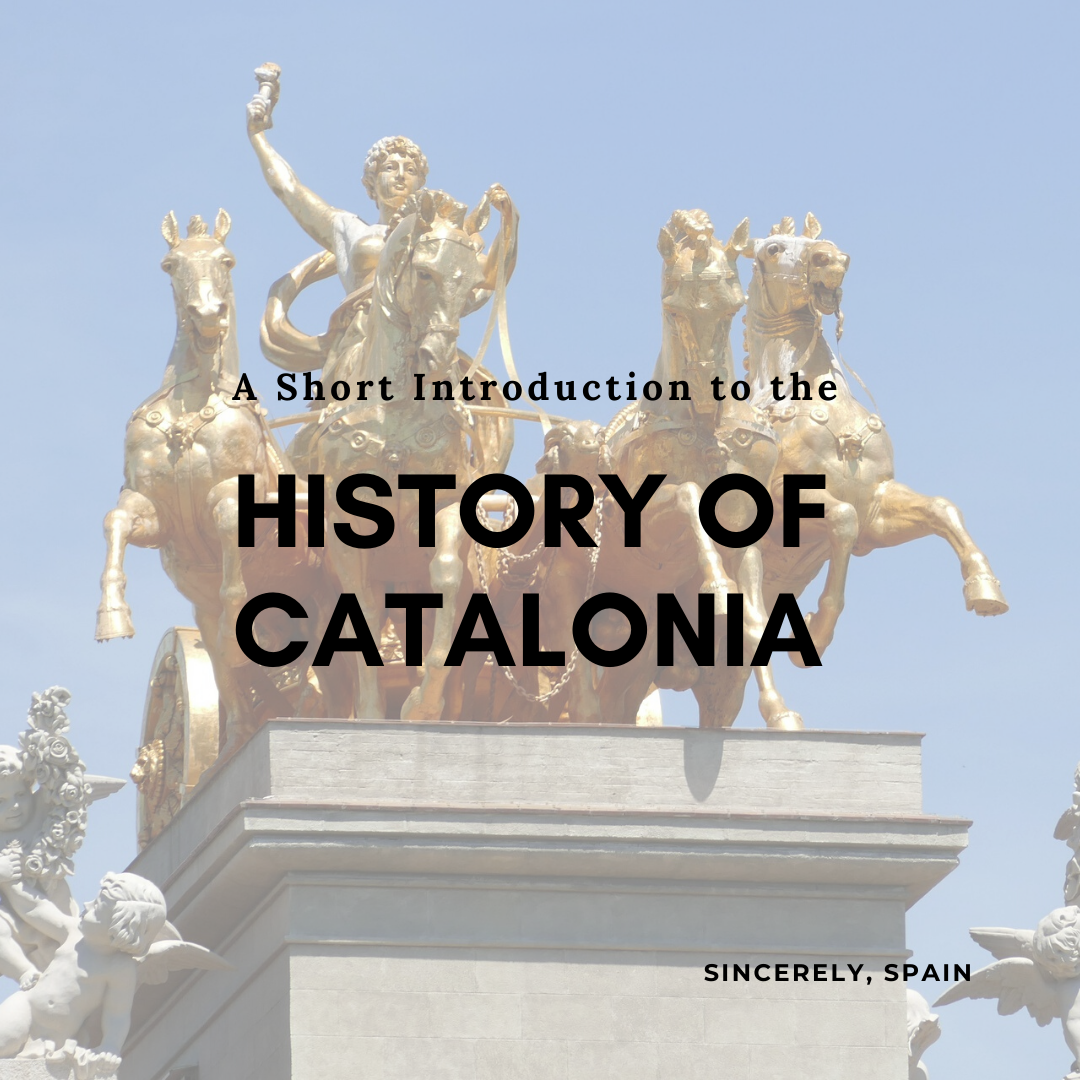 We have spoken about the different regions of Spain in this article and the languages of Spain here. However, no matter how much we scratch the surface of the different cultures within this country, there is always more to learn. That is why today we want to share with you a short history of Catalonia. We have already done this with the Basque country (which you can see here) and hope to be able to dive into other regions in the future.
We have spoken about the different regions of Spain in this article and the languages of Spain here. However, no matter how much we scratch the surface of the different cultures within this country, there is always more to learn. That is why today we want to share with you a short history of Catalonia. We have already done this with the Basque country (which you can see here) and hope to be able to dive into other regions in the future.
If you are interest in the current situation in Catalonia, you can read a bit more about the political situation that Catalonia is facing as it tries to figure out its governing rights within Spain in this article. Like in most situations, history plays an important role in the present.
Where is it:
While most people think of Catalonia as Barcelona, this is only the capital city of this Autonomous Community. Other important cities that you may have heard of are Tarragona, Girona, and Lérida (or Lleida in Catalan). Each of these four cities also represents a province in the larger region of Catalonia that form a triangle shaped area of land that is in the most northeastern side of Spain, along the Mediterranean and just below France and Andorra.
This region is especially well known for its soccer—or football—team FC Barcelona, good Spanish food, and as an escape to the coast where you can find cheap alcohol, lovely beaches, and continuous sunshine. Of course, not all of Catalonia is situated along the sea side and you can also find mountains (the Catalan Pyrenees) along the top edge of the region of Girona and Lérida is completely landlocked.
What do we know about their history:
Like most of Spain, what is now known as the Autonomous Community of Catalonia, was occupied throughout history. You can find traces dating back to pre-Roman times but it began to gather importance with the Romans. It was one of the first areas that was conquered by the Romans and we can still see the impact that the coastal villages played in everyday Roman life. During this time period, Tarragona, known as Tarraco, was the main point of Roman rule in what we now know as Spain. The region was then part of the reign of the Visigoths and the Moors. While the region had its ups and downs during each of these rules, for practicality purposes, let’s say that the community or nationality of Catalans can be defined with the establishment of their own language.
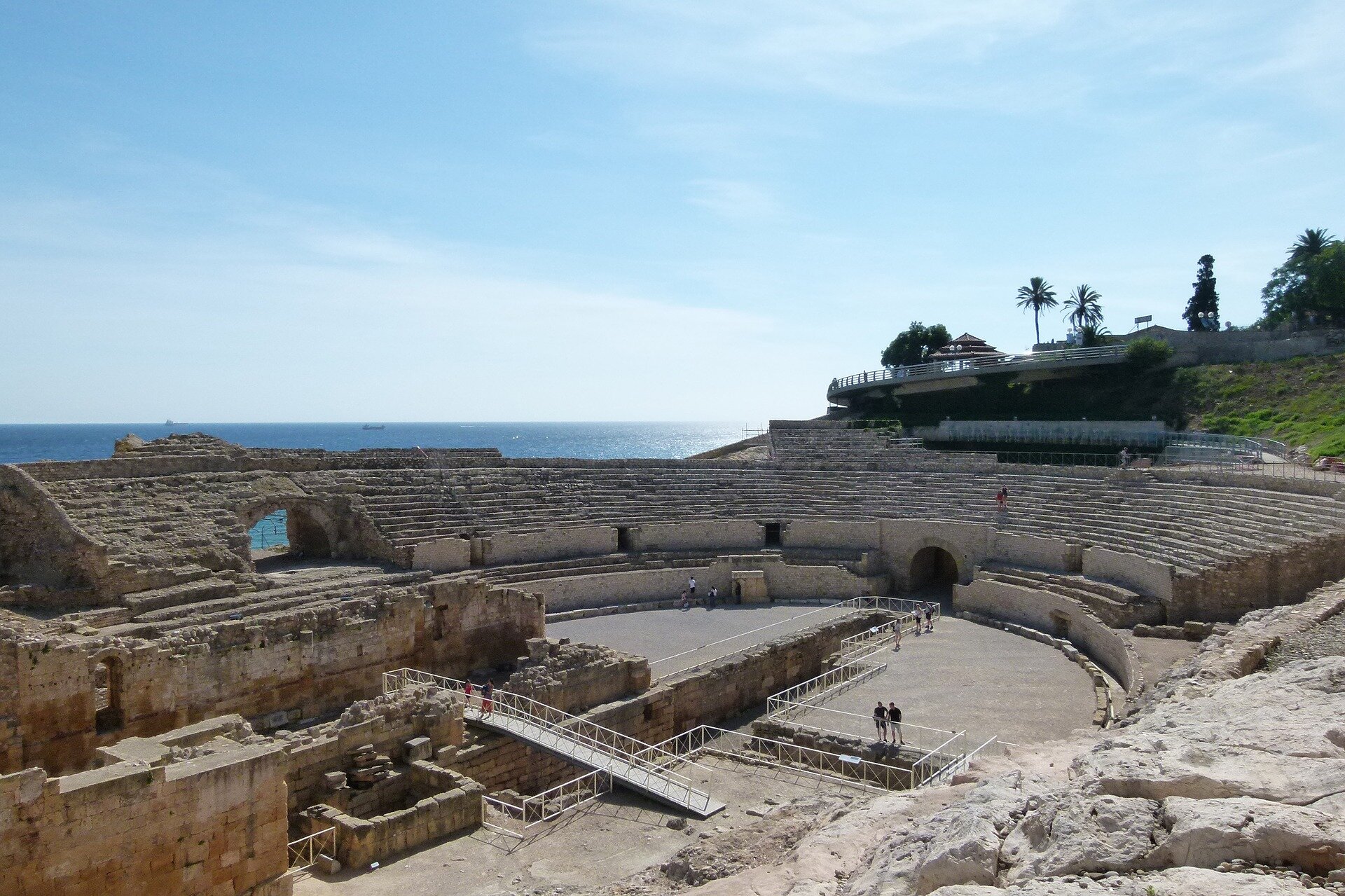 The Catalan language is thought to have separated from the other languages in the region around the 9th century and, as the power of the people rose, so did the reach of this language. During the high of its extent, Catalan reached from regions of France down the coast past Valencia, and into the Mediterranean Sea towards parts of Italy. However, despite the rise of Catalonia as a regional power in some moments throughout history, we also see the community fall under the rule of others.
The Catalan language is thought to have separated from the other languages in the region around the 9th century and, as the power of the people rose, so did the reach of this language. During the high of its extent, Catalan reached from regions of France down the coast past Valencia, and into the Mediterranean Sea towards parts of Italy. However, despite the rise of Catalonia as a regional power in some moments throughout history, we also see the community fall under the rule of others.
For example, for many years, Catalonia was tied to the rule of the King of Aragon, but with the ability to mostly rule themselves under the rules that allowed it to become the “Principality of Catalonia.” Under this rule, they eventually became part of the realm of the Catholic Monarchs, when the region suffered greatly as Spain moved towards becoming united and interest moved away from Catalonia. This flux of autonomy and privilege compared to oppression or disinterest is a common theme for this community. During several centuries after the Catholic Monarchs united Spain, Catalans supported the losing side in various wars, making them an obvious target for new rules and regulations in an attempt to squander the Catalan spirit.
What we know of the current region Catalonia was more or less established as it is today during the 18th century. However, from this time until today, Catalonia has suffered the occupation of Napoleonic troops and Carlist Wars. They began to thrive as a region with the Industrial Revolution and even managed to obtain a fair amount of ruling freedom during the Second Spanish Republic. However, they fought on the losing side of the Spanish Civil War and were very much oppressed by the dictatorial leader of the country Francisco Franco until the end of his rule (and his death) in 1975.
Towards the end of Franco’s regime and more so since his passing, Catalonia has been fighting to reestablish itself as more or less independent, firstly by empowering their economy while Franco was still ruling. Since Franco’s death, the language and culture that had been suppressed by the dictator has also been allowed to flourish. Catalonia now has the strongest economy in Spain and the second biggest population for an Autonomous Community. While some might say that they have always looked for independence from the Spanish nation, recently we have been seeing formal movements towards that result again.
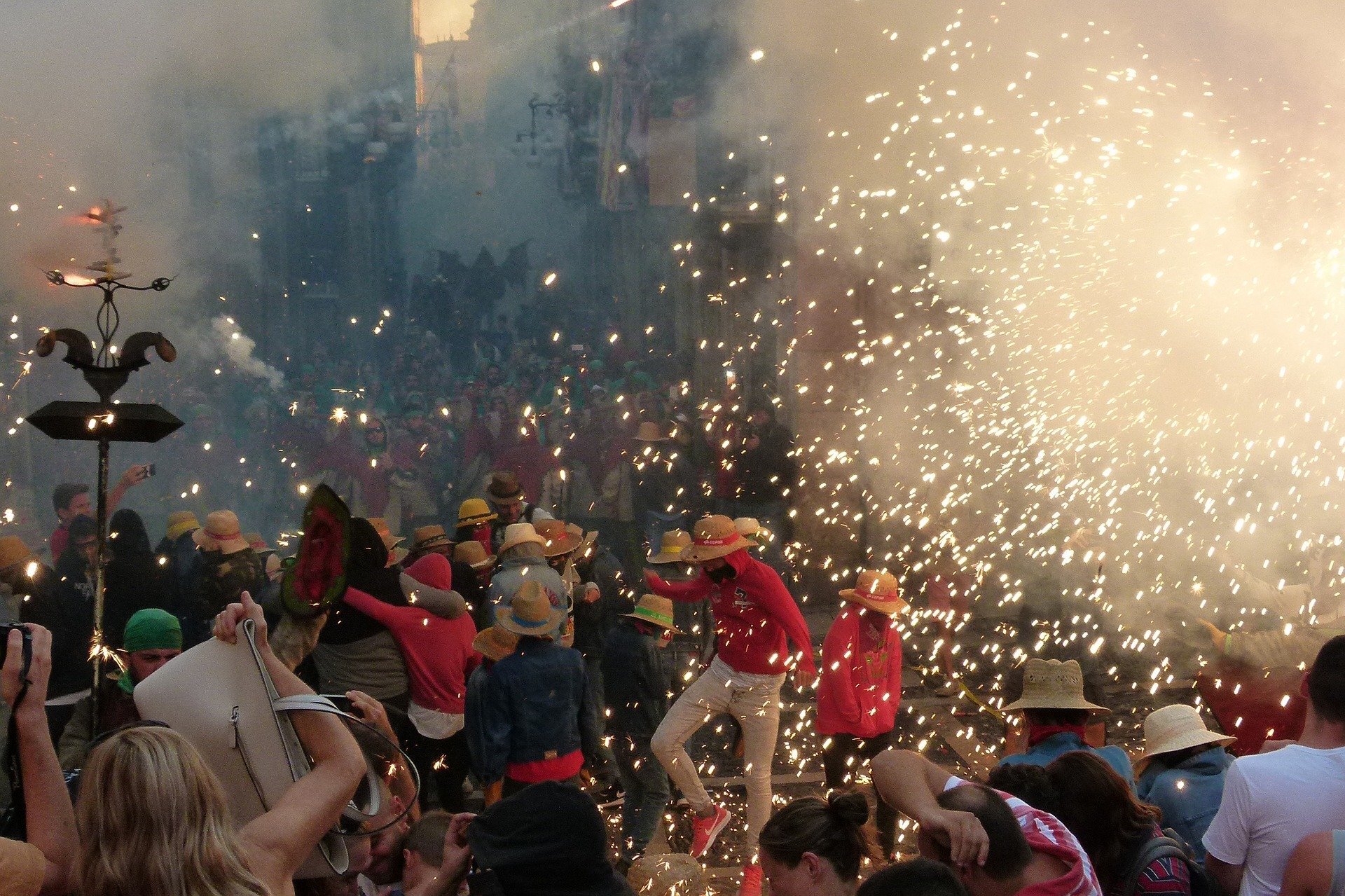 What identifies the Catalan people:
What identifies the Catalan people:
There are many things that we can recognize as being an integral part of the Catalan culture. One obvious thing is the language because, we believe, language helps shape how we think and interact with others. Catalan may seem similar to Spanish if you do not know either language very well, but they are also different, with Catalan having many elements of French and its own nuances.
Other things might be less expected, like the fact that Catalans have very unique holiday traditions that you won’t traditionally find in other parts of Spain. We even wrote a whole article about Catalan Christmas traditions because they are so unique. Another tradition that you are unlikely to see elsewhere is the building of human towers named Castells that are a part of Catalan festivals.
You may also find that Catalans have different sorts of food on their menus (although, we would argue equally delicious to the rest of Spain). One savory food that is now eaten around Spain but has its origins in Catalonia is fideua, a dish kind of like a paella made with short elbow noodles instead of rice. A dessert that you will also now find around Spain is crema catalana, or a sweet flan-like custard that is usually made in a small dish with a caramelized top.
Something more unique to the region, if you go at the right time of year, is Calçots or a type of green onion that is roasted and served with romesco sauce and is a surprisingly delicious treat considering you are, essentially, eating grilled onion. You can normally even find festivals dedicated to roasting these onions from November to April, especially in the Tarragona region of Catalonia. You will also find different sorts of snacking foods in Catalonia, such as the coca, or a flat dough with savory or sweet toppings, that is often cut into pieces and shared in a group as an appetizer or dessert.
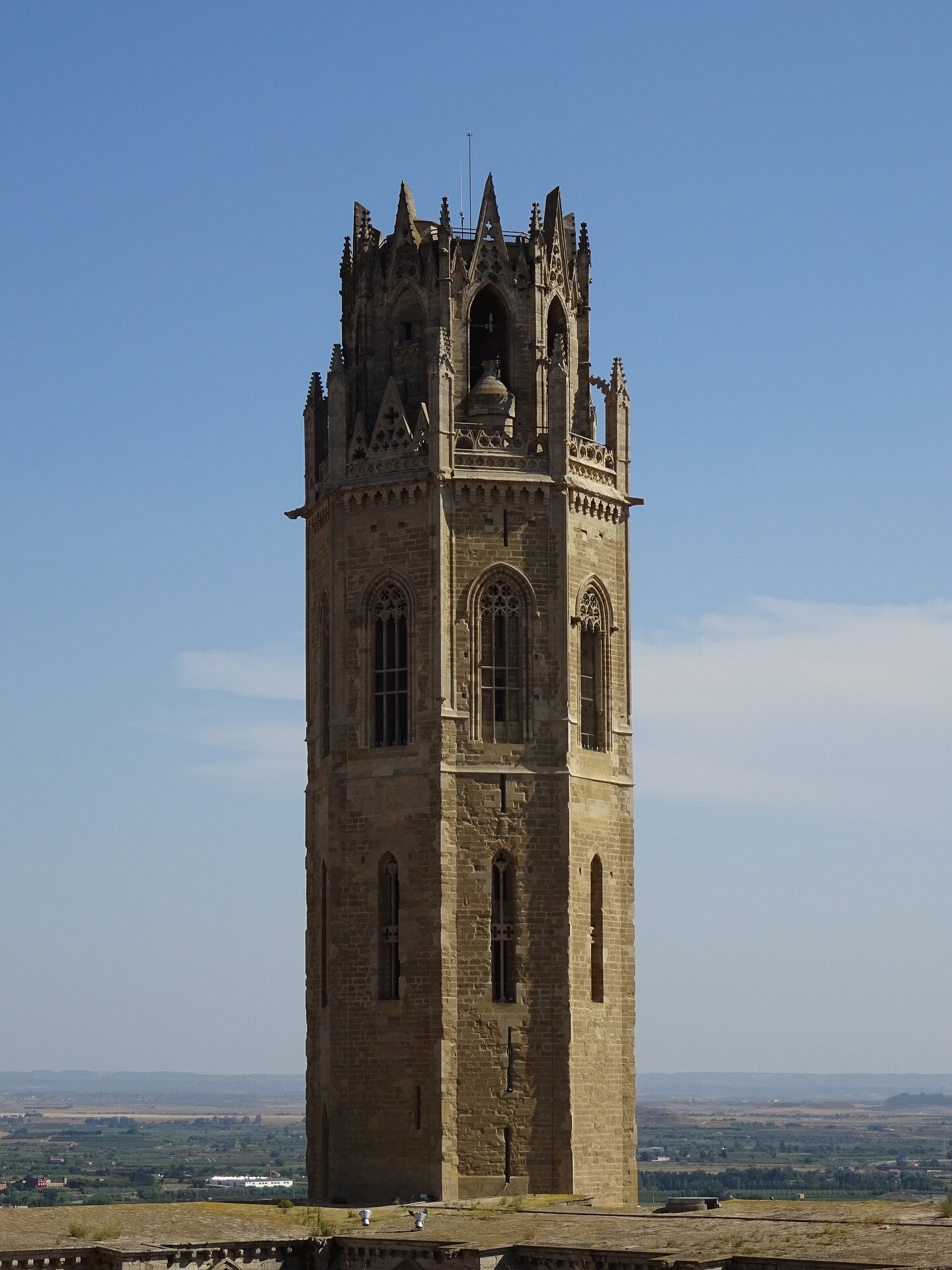 What else you should know:
What else you should know:
If you visit Catalonia, depending on the city or town that you visit, you may find that people don’t want to speak Spanish with you. As much of the population, especially the elderly or those in smaller towns won’t speak English, this can make for more difficult communication. We may never know where this desire comes from and many people, even throughout the rest of Spain, say it is Catalan pride. However, like we can see in this introduction to the history of Catalonia, many factors have probably played an important role in the desire to defend the Catalan language and culture.
One final thing we would like to mention, before we end this article today, is Sant Jordi, the patron saint of Catalonia. Known in the rest of Spain as San Jorge (or Saint George in English), this saint is considered to be the savior of the people of Catalonia as his spirit led them to victory on several occasions. Celebrated on April 23rd, the Day of Sant Jordi can be equivalated to a more inclusive Valentine’s Day, where boys and men give girls and women roses and girls and women give boys and men books. This tradition is not only between couples, however, but also between family members and friends.
What is your favorite thing about Catalonia? Let us know in the comments!
Sincerely,
Spain
Like always, we are just sharing what we have learned from our experiences here in Spain and the resources we have read. If you have something you want to share about this or any of our articles, please feel free to leave a message in the comments, we love to learn more.
Resources:


